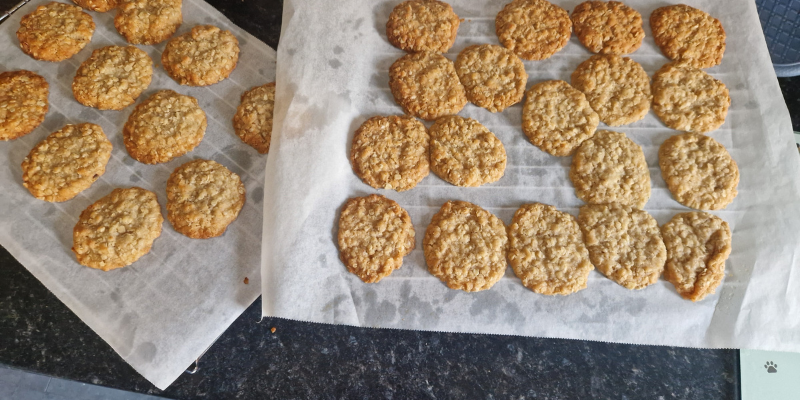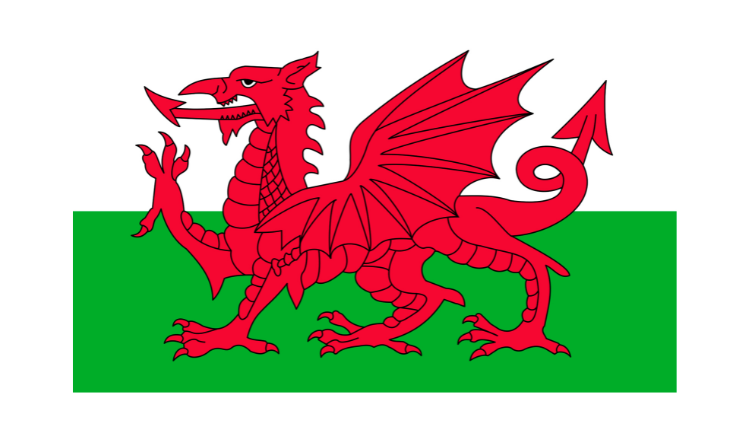Pat Tomlinson, PACEY Advisor
I love baking and have baked with my own children, minded children and grandchildren. As a childminder, I often had parents say to me “I don’t bake at home and I don’t want the mess, so I’m glad they bake with you” I found this quite sad – parents don’t know what they are missing.
It can be messy – there’s sometimes more flour on the kitchen side and the floor than in the bowl, but that’s easily cleaned up afterwards. In addition to the many learning opportunities, baking is fun.
I keep it simple, using recipes that can be easily followed and whatever the ages of the children, they all get involved.
One of the favourites is tiffin – all the children love bashing the biscuits before adding the dried fruit and other ingredients.
Another favourite are oat biscuits which have a simple recipe (75 grams of most of the ingredients). After mixing in all the ingredients, then comes the fun bit, where the child gets a spoonful of mixture and then flattens it. That’s why in our house they are called “splat biscuits”.
I also like to use recipes where the ingredients are measured out by the cupful – it means very young children can independently fill the cup and tip the ingredient into the bowl.

As with any activity, risk assessments are needed. These include how the children access the workspace – younger children may need to stand on a stool or be in a highchair to reach the kitchen work surface. When I have several children doing a baking activity, I use a low level picnic table in the dining room so all the children can sit or stand around the table.
Children’s allergies need to be considered. In most recipes gluten free flour can be used or choose a recipe with no flour. I successfully baked coconut macaroons with a three year old. I didn’t get to taste them because she insisted on taking them all home for her family.
Baking has so many learning opportunities.
Communication and language – there’s lots of opportunities to talk about what’s happening, for children to tell you about their experiences, to relate to stories you might have been reading earlier e.g. gingerbread man. Baking has a rich vocabulary which children can relate to and learn new words.
Personal social and emotional development – particularly when baking with a group of children, there is turn taking, building relationships with each other and the adult. Children get a sense of achievement baking and tasting the products they make.
Physical development – fine and gross motor skills are needed when measuring and mixing ingredients
Literacy – children learn about following a recipe and the written word.
Mathematics – weighing or measuring the ingredients, shape (of biscuits, cake etc), how much mixture to put in the bun case or place on the tray if making biscuits (space).
Understanding the world – an opportunity to make and try different foods. For example, you could make biscuits and cake from different regions of the UK and the world (e.g. Scottish shortbread, Yorkshire Parkin)
Expressive Arts and design – Baking can be an opportunity for children to be creative. Biscuits can be any shape a child wants them to be. Or icing the biscuits is a chance for a child to experiment and decorate them in their own unique way.
If you haven’t yet baked with your children, do give it a go. There are lots of easy recipes and you can learn as you go – it’s not just the children learning from you. Children are often full of ideas and suggestions – the plain Victoria sponge you planned may not be the quite one you end up with.
Resources
- BBC Tiny Happy People – Cooking together with your child
- BBC Food – Baking with children easy recipes
- BBC Cbeebies – Cooking and baking with toddlers
- Nutrition in the early years – PACEY
PACEY member resources



